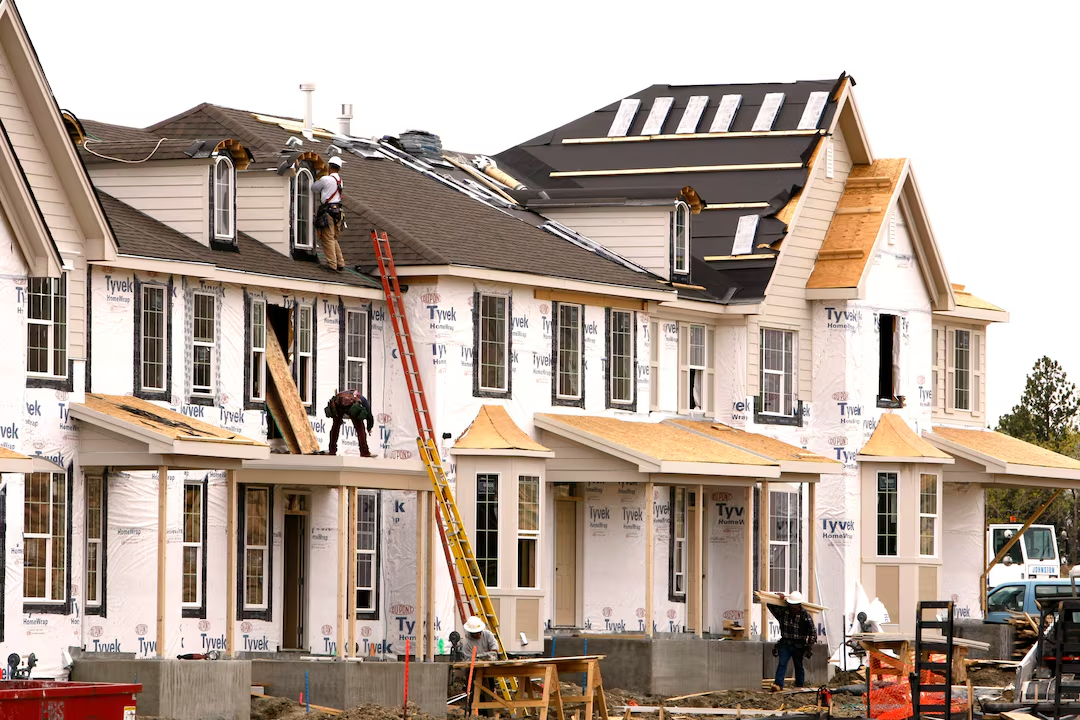The Connection Between Inflation and the Housing Crisis
Inflation in the United States has emerged as one of the most significant economic challenges in recent years. It has led to higher costs in nearly every sector, from groceries to energy bills. However, housing has become one of the most affected domains, with both home prices and rental costs skyrocketing. This has created a domino effect, where high housing costs drive up the overall cost of living, putting immense financial strain on middle- and low-income families.
The shortage of affordable housing plays a critical role in exacerbating inflation. According to economic experts, the housing supply in the U.S. has failed to keep pace with growing demand. This is especially true for first-time homebuyers, who find themselves priced out of the market due to limited inventory and intense competition. With fewer homes available, prices continue to rise, forcing many families into a cycle of unaffordable rents and inadequate living conditions.
Trump’s Plan to Combat Inflation Through Housing
Former President Donald Trump has identified the housing shortage as a key contributor to inflation and has proposed an ambitious plan to address the crisis. According to Trump, the most effective way to reduce housing costs—and, by extension, inflation—is to increase the supply of homes. By constructing more homes, the market could balance supply and demand, leading to more stable and affordable prices for buyers and renters alike.
Trump’s approach centers on two key strategies:
- Unlocking Federal Lands for Housing Development
Large portions of federal land remain unused or underutilized. Trump has proposed making these lands available for residential development, which could provide much-needed space for large-scale housing projects. This would be particularly impactful in urban and suburban areas where land scarcity is a significant barrier to construction. - Easing Construction Regulations
The current regulatory framework surrounding housing construction is often seen as a major hurdle. From stringent zoning laws to complex building codes, these regulations not only delay projects but also drive up costs. Trump’s plan includes simplifying these regulations to make it easier and faster for developers to build new homes.
Challenges Facing the Construction Industry
While expanding the housing supply is an appealing solution, the construction industry faces significant hurdles that could complicate these efforts.
- Labor Shortages
One of the biggest challenges is the lack of skilled workers in the construction sector. The industry has been grappling with a labor shortage for years, which has only worsened due to the COVID-19 pandemic. Fewer workers mean slower construction timelines and higher labor costs, making it difficult to scale housing projects. - Rising Material Costs
Another obstacle is the increasing cost of construction materials. Over the past few years, the prices of lumber, steel, and other essential materials have surged, driven by supply chain disruptions and inflation. These higher costs are passed on to homebuyers, making housing less affordable. - Financial Constraints
Many developers face challenges securing funding for large-scale housing projects. While federal incentives and subsidies exist, they often fall short of the financial requirements needed to meet the growing demand for affordable homes.
The Role of Immigration in Addressing Labor Shortages
One of the more controversial aspects of Trump’s policies is his stance on immigration. While his administration focused on stricter immigration controls, economic experts argue that immigration reform could play a crucial role in alleviating labor shortages in the construction sector. By allowing more skilled immigrants to enter the workforce, the U.S. could address the labor gap and accelerate housing construction.
The Economic Benefits of Expanding Housing Supply
Increasing the supply of homes could have far-reaching economic benefits beyond just reducing inflation.
- Stabilizing Housing Costs: More homes on the market would reduce competition among buyers and renters, leading to more affordable prices.
- Job Creation: Housing construction projects generate jobs not only in the construction industry but also in related sectors such as manufacturing and transportation.
- Economic Growth: A robust housing market contributes to overall economic growth by increasing consumer spending and boosting local economies.
Environmental Concerns and Sustainable Development
While the idea of unlocking federal lands for housing is appealing, it has raised concerns among environmental advocates. Large-scale development could potentially harm ecosystems and wildlife habitats. To address these concerns, policymakers must ensure that new housing projects adhere to sustainable development practices. This includes using eco-friendly materials, minimizing environmental impact, and integrating green spaces into housing developments.
A Comprehensive Approach to Solving the Housing Crisis
While increasing the housing supply is a critical step, it cannot be the only solution. A multifaceted approach is needed to address the root causes of the housing crisis and inflation. Some additional measures include:
- Investing in Affordable Housing: Government subsidies and tax incentives for affordable housing projects can make homes accessible to low-income families.
- Enhancing Wage Growth: Ensuring that wages keep pace with inflation can help families afford housing without financial strain.
- Improving Infrastructure: Building homes in areas with adequate transportation, schools, and healthcare facilities ensures balanced and sustainable community growth.
Conclusion: Building Homes, Building Stability
Expanding the housing supply is not just a strategy to combat inflation; it is an investment in the economic and social stability of the United States. By addressing the barriers to construction and implementing thoughtful policies, the government can create a housing market that is accessible, affordable, and sustainable. Whether through unlocking federal lands, reforming regulations, or addressing labor shortages, the path forward requires collaboration and innovation.
In the long run, solving the housing crisis could alleviate inflationary pressures, reduce economic inequality, and improve the quality of life for millions of Americans.





Leave a Comment